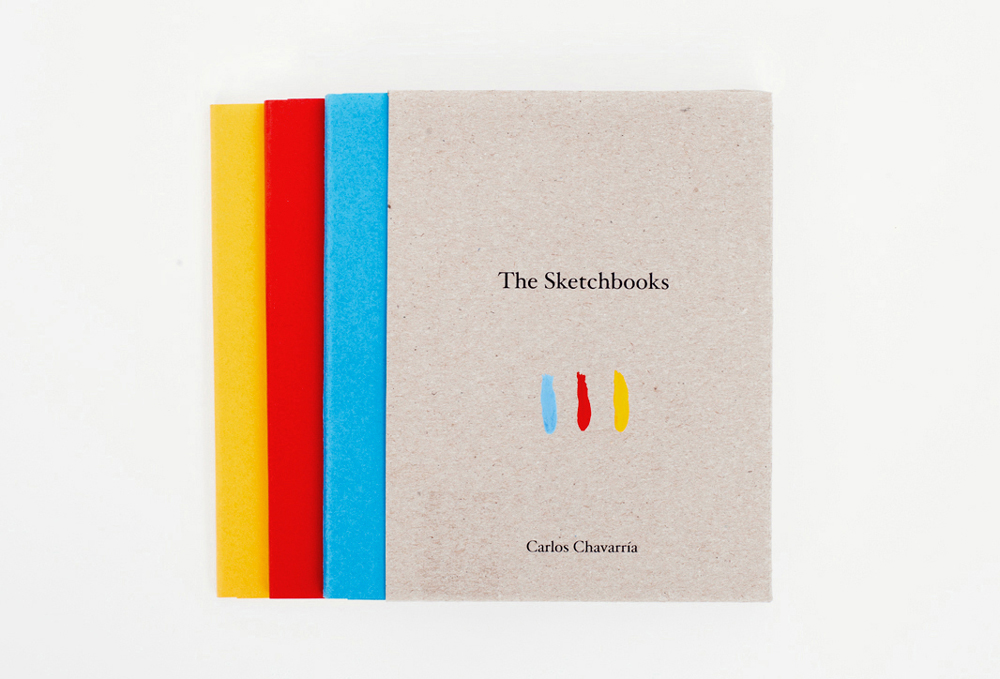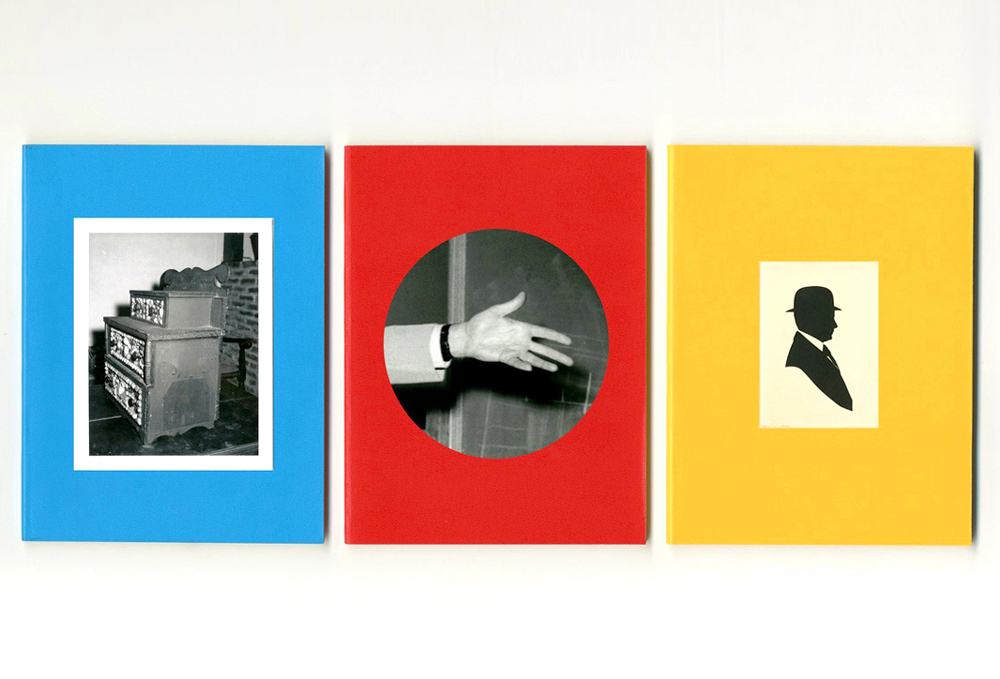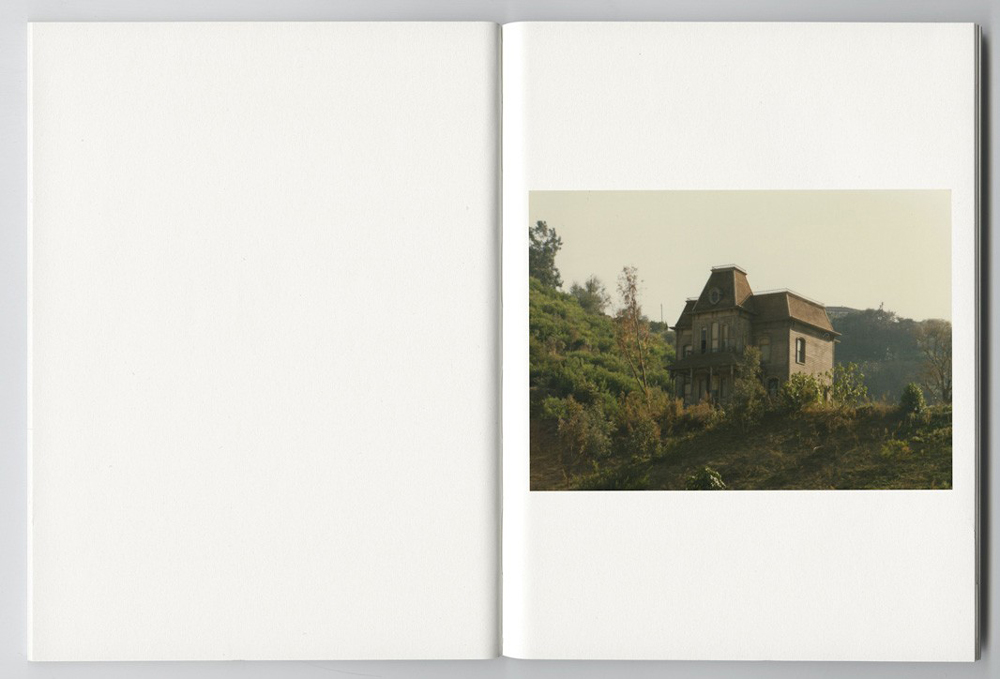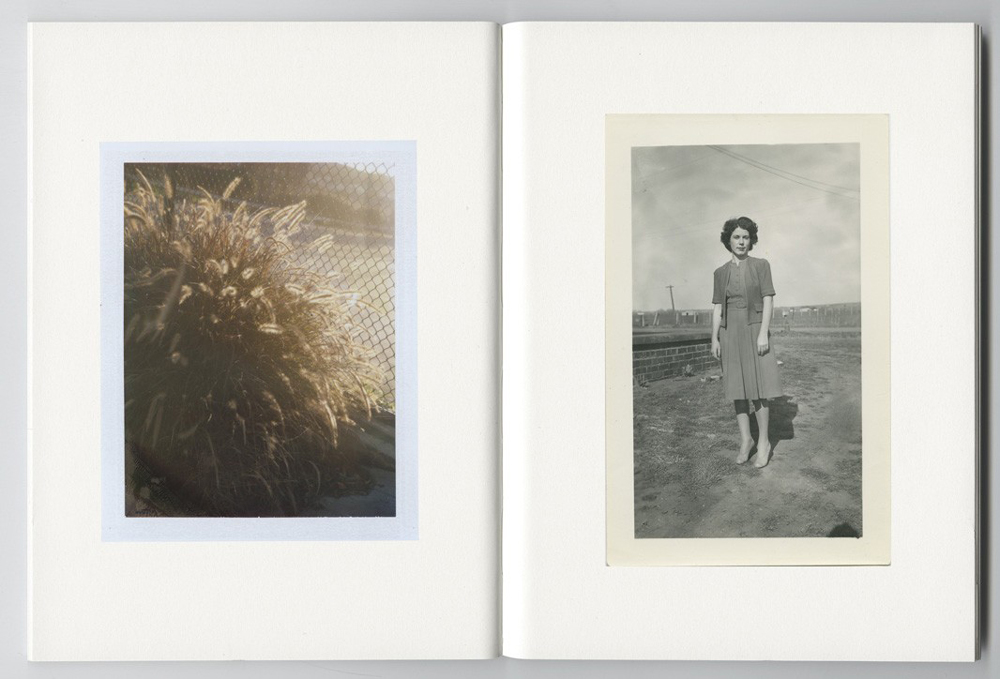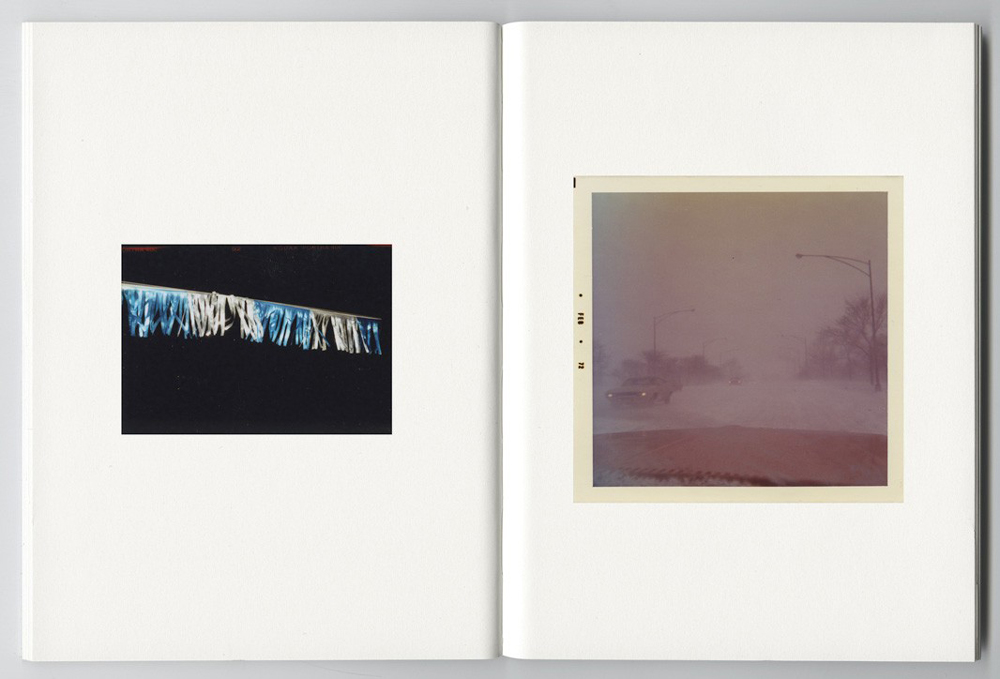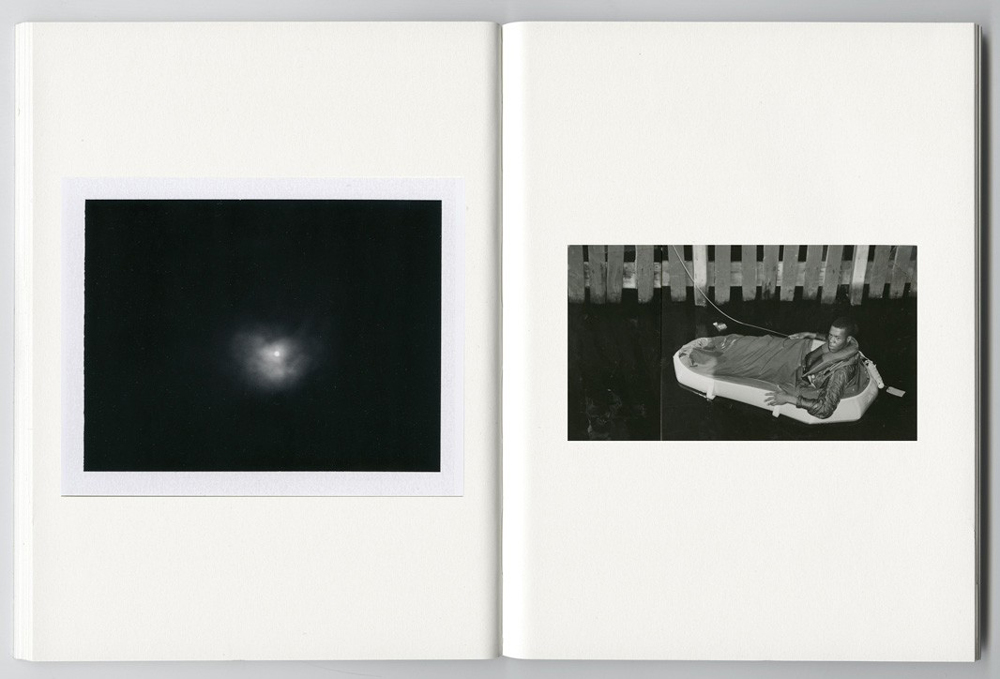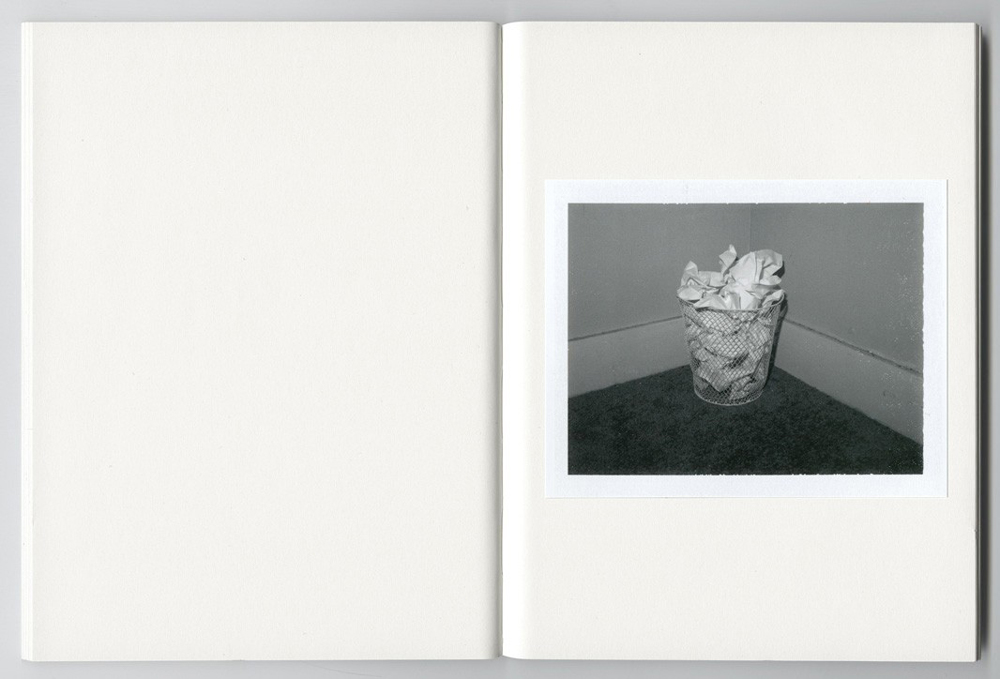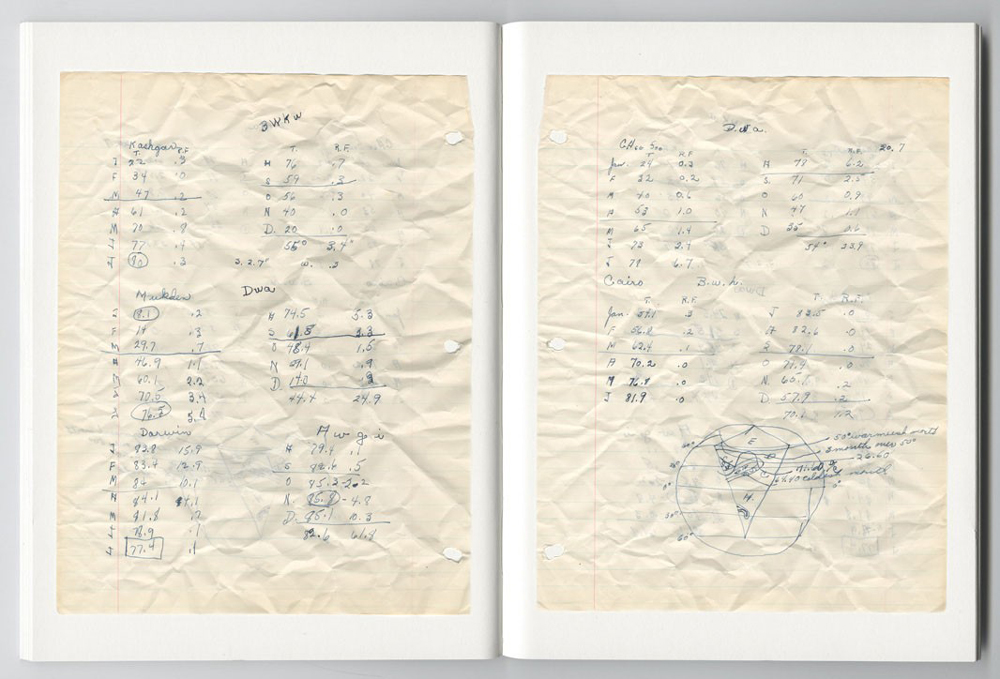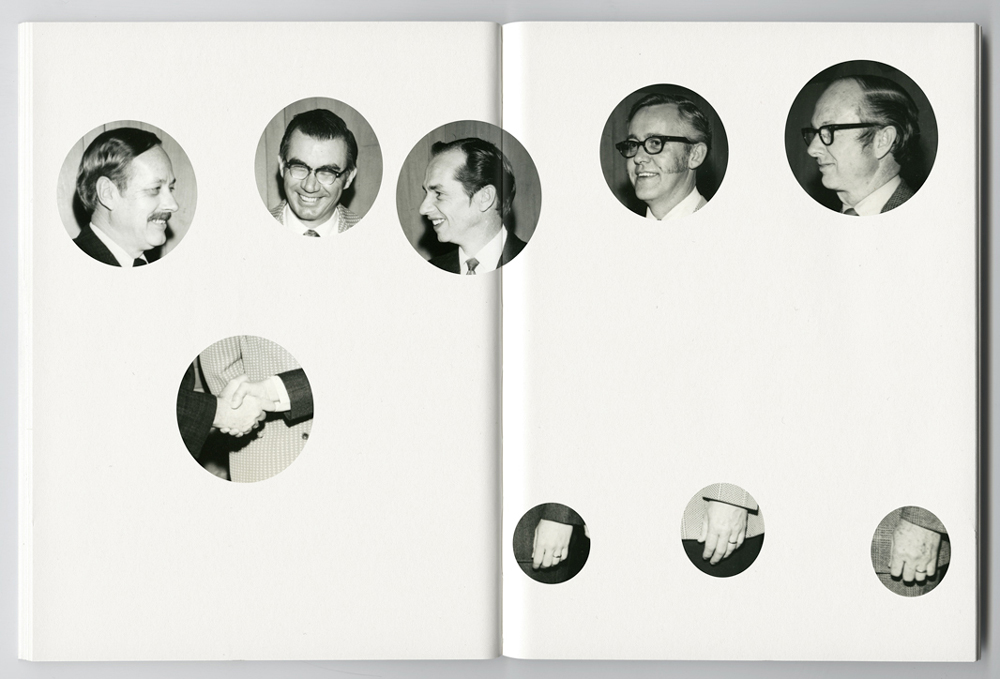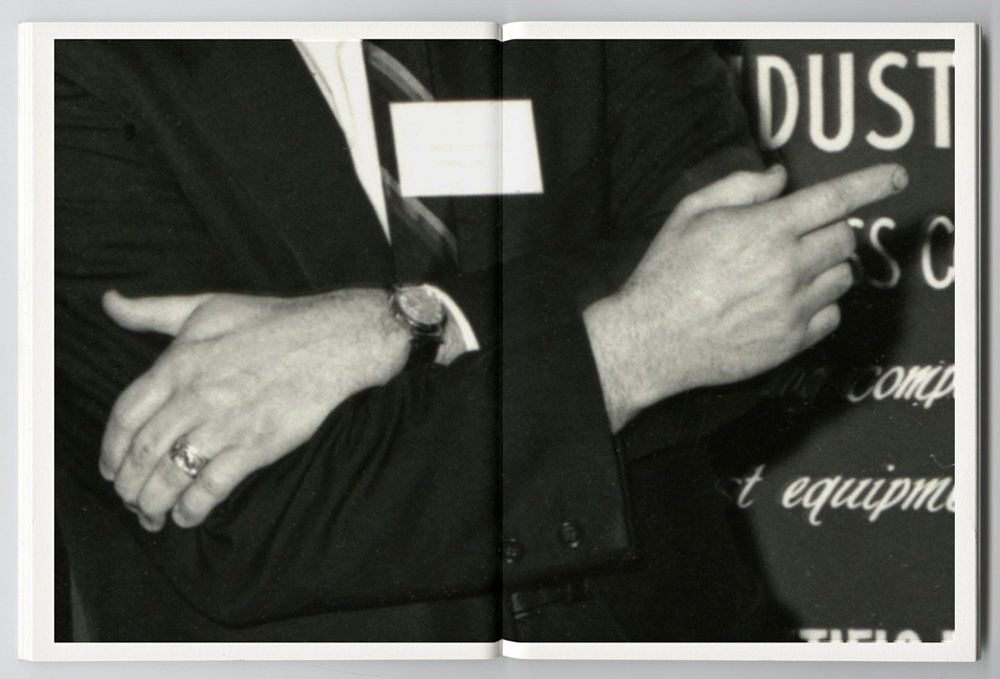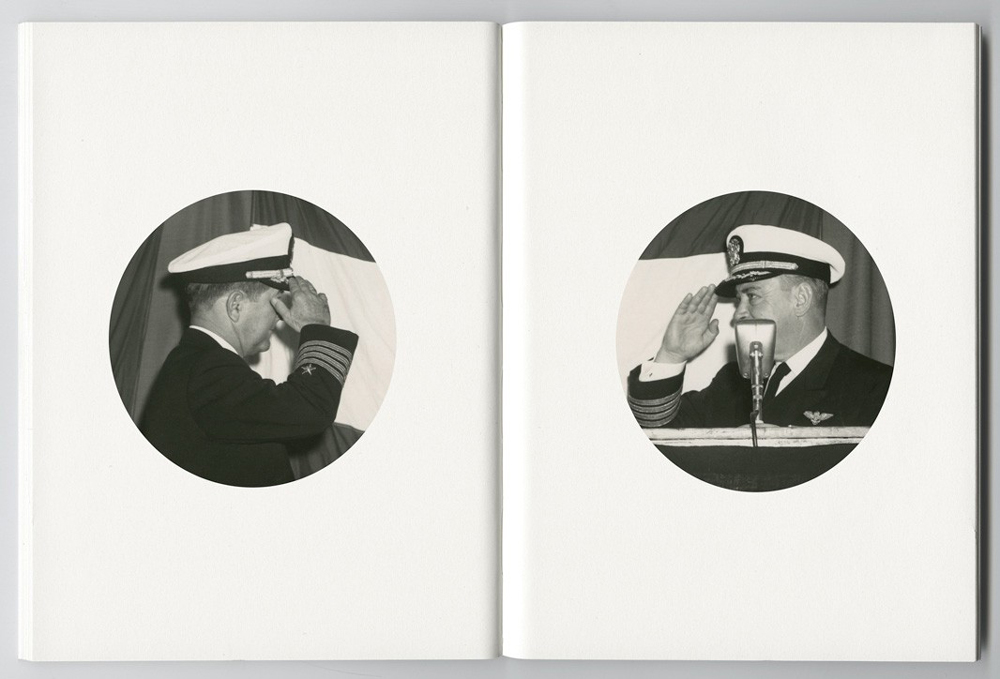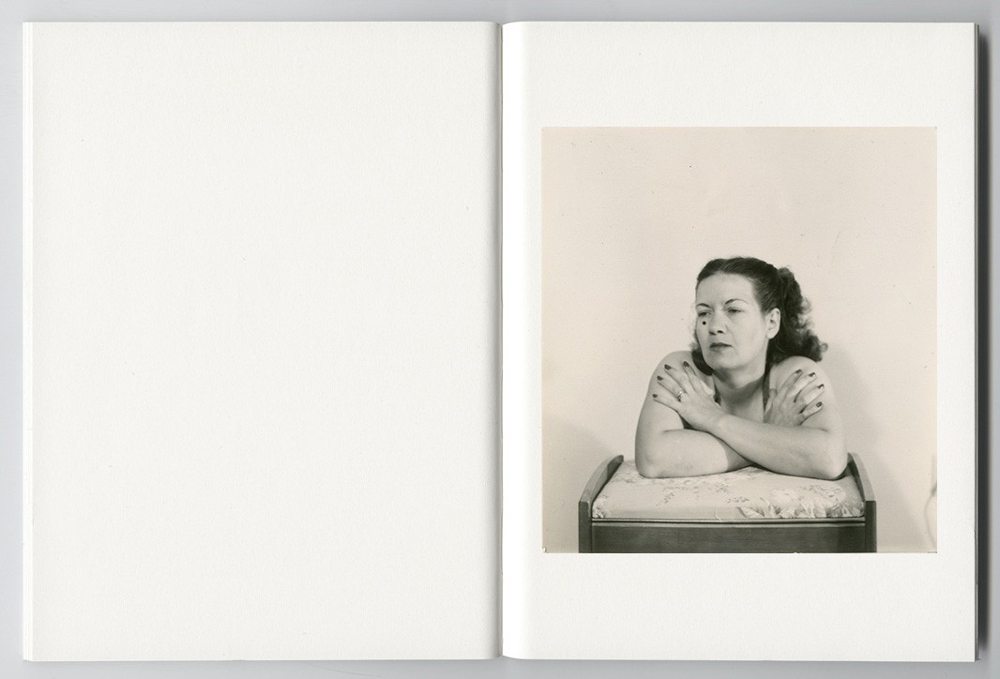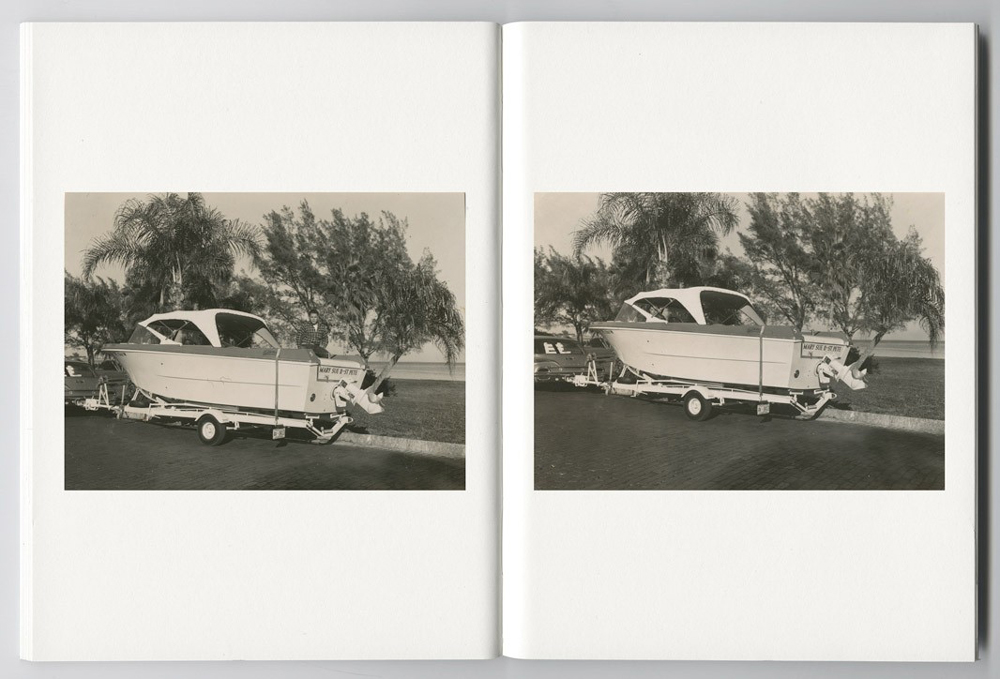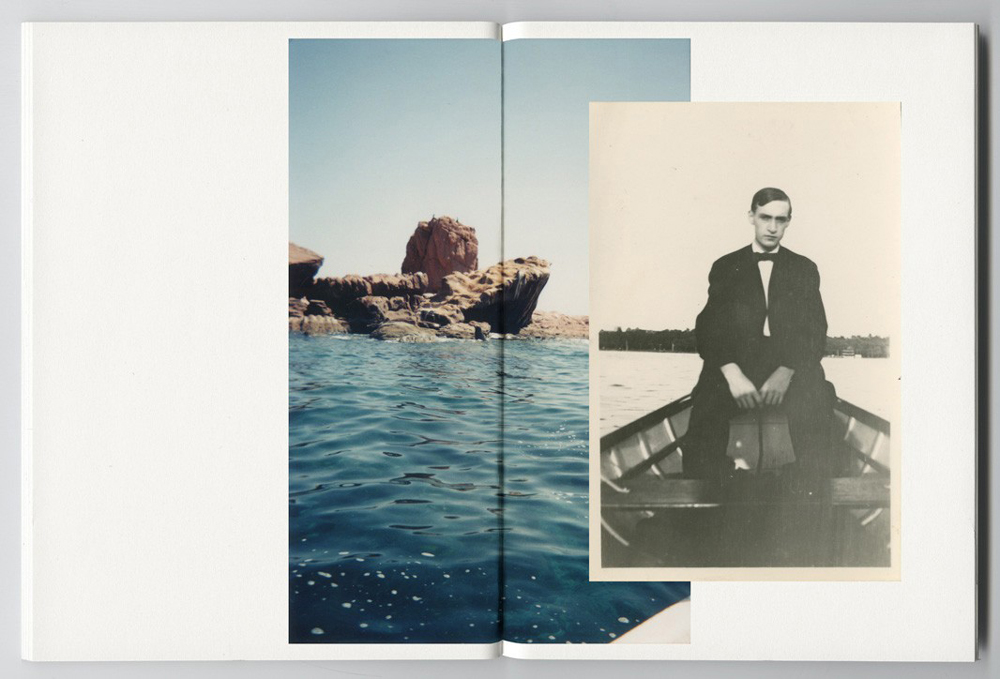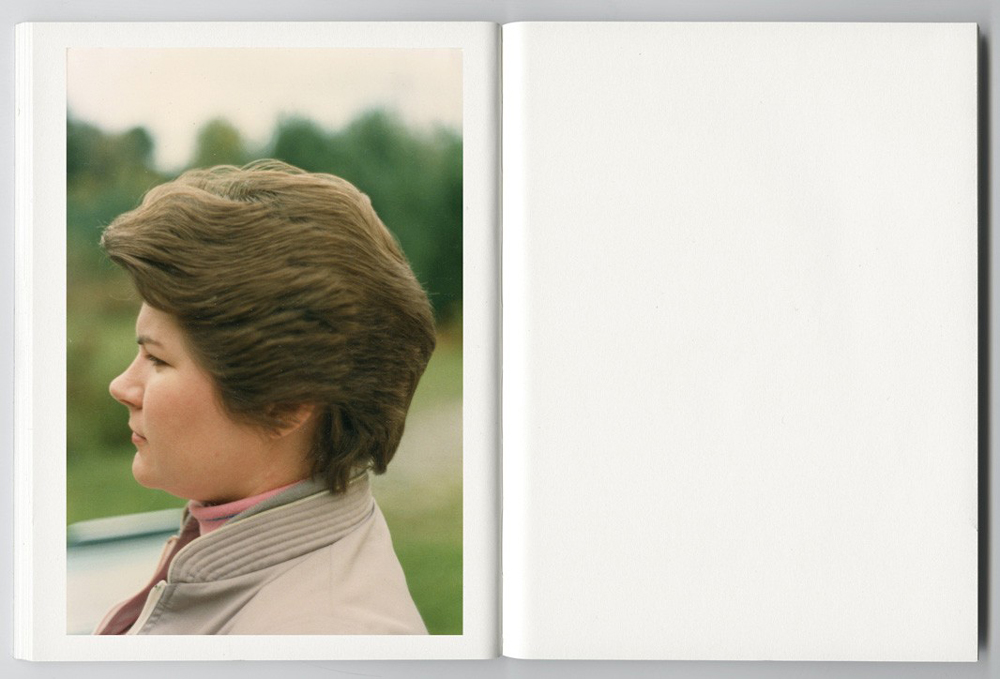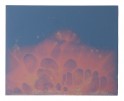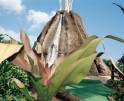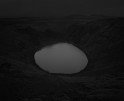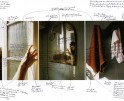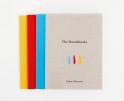Carlos Chavarria: The States Project: California
Carlos Chavarria is soft spoken, sincere, and a much respected photographer in the San Francisco Bay Area and beyond. Our paths usually cross at the Rayko Photo Center as he emerges from the color darkroom just as I’m dashing up the stairs towards the large format digital printers. Passing time between prints, I’ve come to recognize his images on the drying rack and admire his mastery of chromogenic printing. For quite some time Carlos has been working on photographic sketchbooks created with images he sources at swap-meets and flea markets. With the incorporation of archive materials as part of my own practice and recognition of this as a current trend within contemporary photography at large, I felt Carlos’s Sketchbooks project would be a great addition to the Lenscratch California feature.
Born and raised in Madrid (Spain), Carlos graduated from the European University of Madrid with a master’s degree in Photography in 2010, that same year he was selected as one of the best upcoming photographers to participate in the international award “Descubrimientos PhotoEspaña” for his series ̈Dreamtown ̈, shortly after he moved to San Francisco to continue developing his career in Photography where quickly got involved in the Photography community of the Bay Area, taking part in several group shows in galleries and venues in different cities of the United States, He was also the recipient of the Rayko’s artist-in-residence program in 2014 and more recently he was chosen as one of 2016 PDN’s 30 new and emerging photographers to watch.
Currently, Carlos splits his time combining his personal work with editorial assignments for magazines like WSJ Magazine, Monocle or Bloomberg Businessweek among others.
The Sketchbooks
I first started collecting old pictures a few years ago as an inspiration source for both my personal and editorial work, after a while I realized that some of those pictures were stuck in my head and really present in my mind when I was photographing, almost like I was reinterpreting some of these images at times. At the same time I found myself picking old photographs that resembled some of my own work so I decided to incorporate this practice into my creative process and keep on with this self-feeding cycle.
For a period of three years I kept collecting old photographs and putting together one sketchbook per year combining found images and some of my own to complete, complement or suggest new meanings to this random pictures, each sketchbook reflects the inspiration process and the themes I was working on at the time, which in some cases lays the seed of what later will become a larger project. The Sketchbooks were not intended to be a completely finished body of work with a beginning and an end, but more a space to experiment and keep evolving, a compilation of ideas, references and photographic notes that connects back and forth with my other series and editorial work, a continuous exercise of rhythm and narrative, but foremost an exploration of the different aspects and possibilities of the photographic language.
You’re from Spain where you studied photography. How much of your education was American photography vs. Spanish and European?
There was definitely a mix of both but I would say maybe it was a little bit more emphasized on European and Spanish Photography, I remember I was instantly fascinated by Joel Sternfeld’s work and the New American Color Photography movement the first time I saw it, which wasn’t really rare since I was already attracted and influenced by that “Americana” aesthetic like many other kids growing up in Spain in the 90’s through the music we listened, the movies we watched, the clothes we wore etc. so I think it was a personal choice to get especially interested in American Photography when I was studying.
What specific differences between how you photography and work with photography in the United States versus when you are in your home country have you noticed?
Well I have been out of Spain for almost 6 years, I moved to California right after I graduated so I have done most of my work here but when it comes to photographing I don’t think there’s any difference whether I am in the U.S. or in Spain, when working with photography and specifically in the case of the Sketchbooks, living in the U.S. definitely helped the project since I believe this country is genuinely photographic, it’s a relatively young country so if you look back you can see that Photography documented almost its whole history and always had a remarkable role in it, there are crucial moments like the invention of the Kodak camera in 1888, the FSA Photography program during the great depression or the “The Family of Men” exhibition that I think brought Photography closer to society, making it more familiar to the american people and providing an easy access to it. These are just some of the reasons why I think the U.S. has a special relation with Photography and you can certainly feel that when you are able to find old photographs in flea markets and antique shops in almost every little town in the country, it’s something pretty amazing to realize coming from Spain and definitely something that inspired me to make the Sketchbooks in the first place.
With the sketchbooks, there seems to be a loss of authorship both in the found vernacular images which you combine with your own uncredited images. How do you describe or define your role within this project?
I would say it’s a curatorial role for the most part, and while I do include some of my pictures, when I do it I try to do it in an non-cohesive way, using pictures that come from different sources like polaroids, contact sheet scans, discarded prints etc with the idea that they won’t be clearly read as my own and they will blend in to reinforce this idea of randomness.
I think the lack of authorship is an important element to understand the nature of this project, the act of collecting photographs came from a desire of wanting to do something else with photography than just taking actual pictures and also to get inspired by something that wasn’t part of the current photographic trend at the time or the overshared visual content we are daily exposed in social media etc, so going through boxes and boxes of random images made me start thinking about the medium in a different way and to appreciate more basic, innate aspects of Photography that go beyond authors, styles or techniques. Like its tactility for example (and its importance in history with the daguerreotypes, family albums etc), it’s capacity to make ordinary things look extraordinary (the subtle aspects that can make a tourist picture be the most intriguing picture in the world) and specially the mysterious element of anonymity of both the subject and photographer constant in all these found pictures, is what made me want to embrace this lack of authorship for the project.
There seems to be particular curatorial attention to imagery of American men. What is it about American men that peaks your photographic curiosity?
That’s interesting to hear, I honestly never thought about that before, maybe is something that comes from the unconscious or perhaps that impression comes from the second sketchbook (red cover) which showcases a lot imagery about the business and executive worlds, where back when the pictures were taken there was a majority of male presence, but it’s definitely not intentioned.
Historically sketchbooks have been a place for creatives to workshop ideas. Here you’ve made a leap from sketchbook as raw materials to sketchbook as finished piece. What was the point at which you felt that these were actually finished artworks ready to be shared with a larger audience?
I personally have always loved to see the creative process behind artworks and I really enjoy when that part is revealed to the audience, I think sometimes its important to get to know the little pieces in order to understand the whole, in my opinion seeing how something was built or conceptualized in the first place helps the viewer to immerse in the artists inside world and allows to understand their artistic approach in a wider perspective, so I knew I wanted to apply that into my own practice at some point, the challenge was how to do it in a way that will indeed show the creative process and foundation ideas behind some of my other series but at same time would also contribute something by itself and would be reflective towards the medium.
With the Sketchbooks there was a point early on that I believe set everything in motion. When I found the two images of the cabinet that are the cover and back cover of the first sketchbook (blue cover), I immediately felt it could be a good starting point on which visually articulate something around, that was probably the moment I decided I was gonna organize this practice into little sketchbooks, still today I don’t think about them as finished pieces per se, but more like a on going series that reflects my creative process and inspiration and show those raw materials and ideas.
Posts on Lenscratch may not be reproduced without the permission of the Lenscratch staff and the photographer.
Recommended
-
Meghann Riepenhoff: The States Project: CaliforniaAugust 14th, 2016
-
Kevin Kunishi: The States Project: CaliforniaAugust 13th, 2016
-
Adam Katseff: The States Project: CaliforniaAugust 12th, 2016
-
Nigel Poor: The States Project: CaliforniaAugust 11th, 2016
-
Carlos Chavarria: The States Project: CaliforniaAugust 10th, 2016

